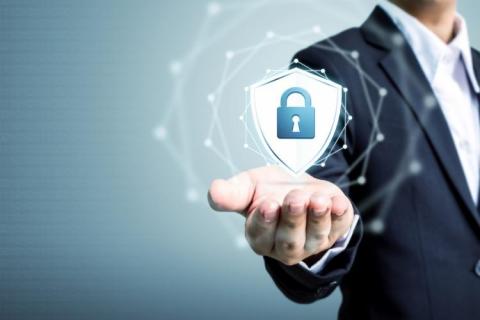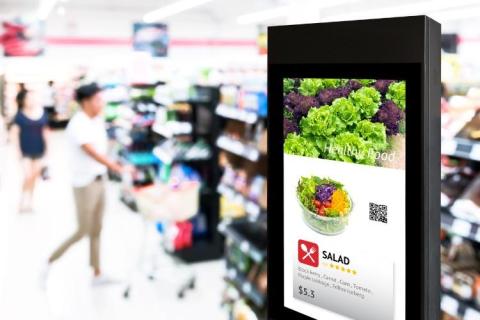Evolution of Scalper Bots Part 5: The Rise of Retail Scalping
Welcome back to our Evolution of Scalper Bots series from the Netacea Threat Intel Center. In our previous blog, we reviewed the early days of anti-bot legislation and its limitations, especially around ticket scalping. Traditional defenses like CAPTCHA quickly became insufficient, which spurred the development of bot management solutions.










